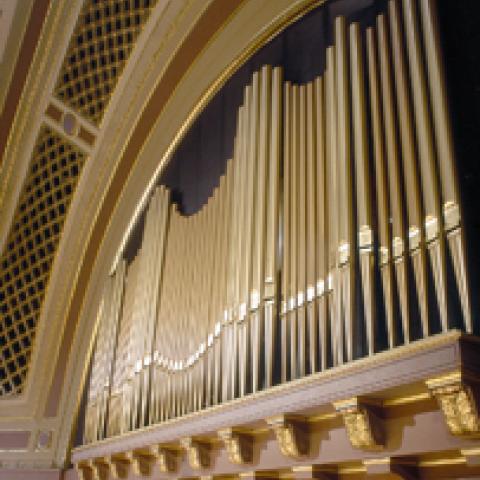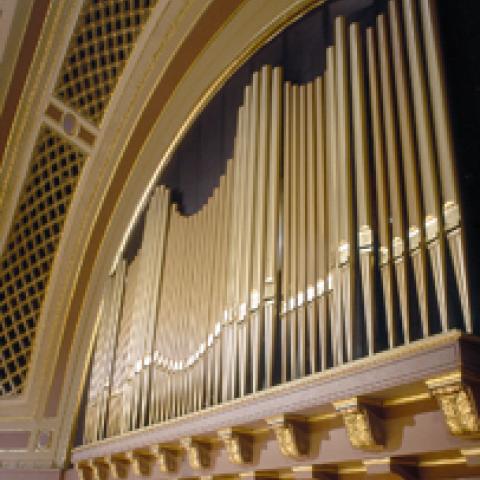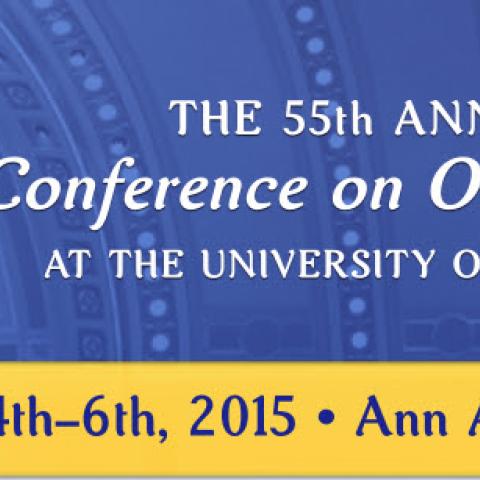
The University of Michigan Organ Department announces its 58th annual organ conference, Trailblazers: Women’s Impact on Organ, Harpsichord, Carillon, and Sacred Music, September 30–October 2, in Ann Arbor, Michigan.
The conference will focus on women’s contributions as performers, composers, educators, and builders of the organ, harpsichord, and carillon. Performers and presenters include: Anne Laver, Tiffany Ng, Kola Owolabi, James Kibbie, and Barbara Owen.
For information: http://smtd.umich.edu/departments/organ/.
Hill Auditorium, University of Michigan, Ann Arbor, Michigan (photo credit: Colin Knapp)





